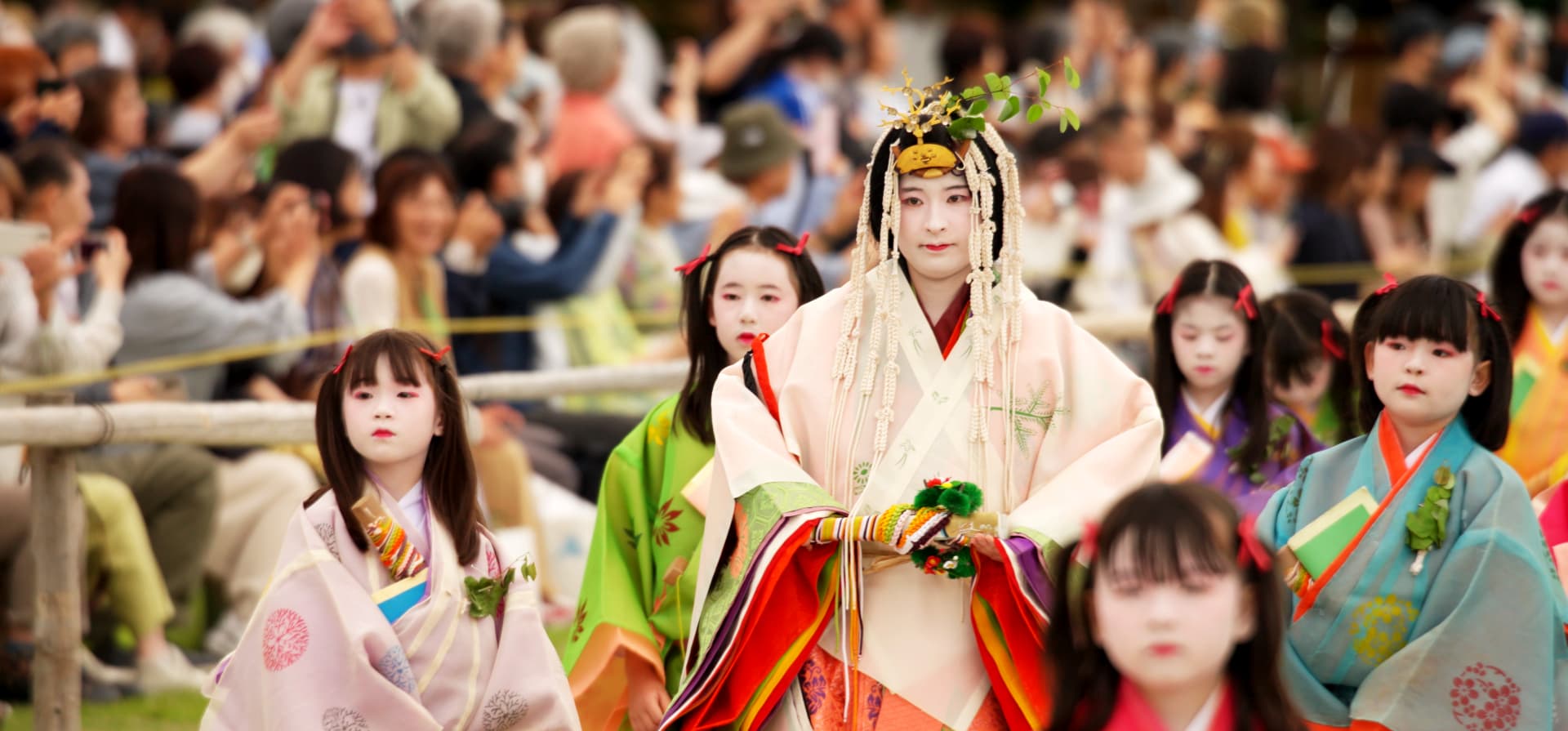Preserving a 1,500-year-old hollyhock festival in Japan |Takeda Stories

Preserving the 1,500-year-old hollyhock festival in Japan
"With our extensive experience in cultivating plants, I wanted to start growing hollyhocks in our garden to preserve the tradition of the Hollyhock Festival and contribute to society."
Misyo Ota oversees the seed preservation project at the Takeda Garden for Medicinal Plant Conservation, Kyoto. Established in 1933, the Garden collects and preserves a variety of plants that have value to society.
"By growing the endangered hollyhocks, we are contributing to passing down the tradition of the Hollyhock Festival, which has continued since the Heian period, which spanned the years 794 to 1185," Misyo says.
The Hollyhock Festival dates back over 1,500 years and is one of Kyoto's three major festivals. It is renowned for its procession of participants dressed in Heian-period costumes adorned with hollyhock leaves.

Yasumasa Fujiki, a former senior priest at Kamigamo Shrine
Hollyhocks have traditionally thrived in the area around Kamigamo Shrine, but the plant faced the threat of extinction as it could no longer grow naturally due to climate change and animal damage. In response, local citizens initiated the "Aoi Project" (Aoi is the Japanese name for hollyhock) to cultivate the plant and enable the traditional Hollyhock Festival to continue.

Shinnosuke Nomachi, Deputy Director of the Aoi Project

Misyo Ota, Takeda Garden for Medicinal Plant Conservation, Kyoto
Our seed preservation expert Misyo says Takeda grows hollyhocks at the Kyoto Medicinal Plant Garden and also actively participates in the Aoi Project, collaborating with local residents.
"Integrity has always been a core value at Takeda," Misyo says. "If you don’t approach plants with integrity, they won’t thrive. This commitment to treating life with respect and preserving traditions for future generations reflects the values Takeda has upheld for over 240 years."
Share this story



